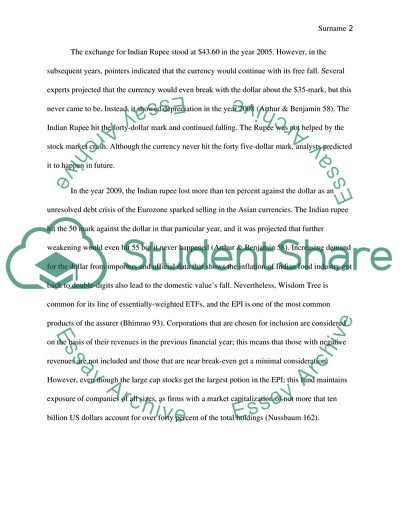India's emerging market compared to the USA from 2005-2010 Research Paper. https://studentshare.org/macro-microeconomics/1758882-indias-emerging-market-compared-to-the-usa-from-2005-2010
India'S Emerging Market Compared to the USA from 2005-2010 Research Paper. https://studentshare.org/macro-microeconomics/1758882-indias-emerging-market-compared-to-the-usa-from-2005-2010.


